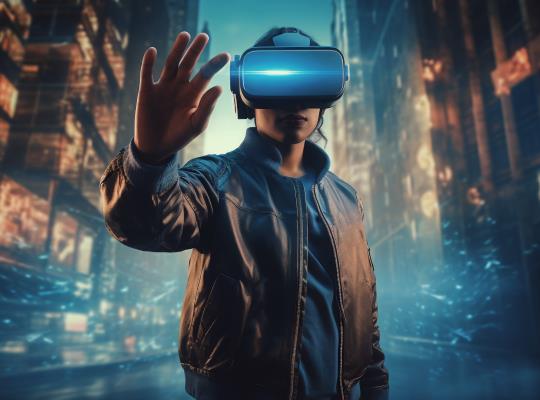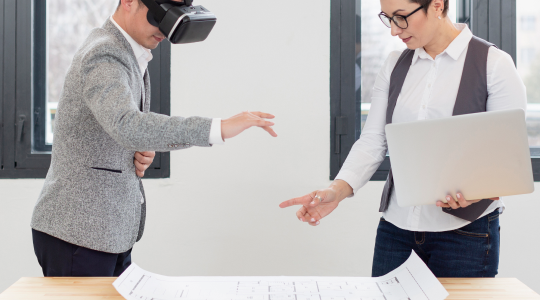XR and AI are reshaping how buildings are designed, built, and maintained. XR enables clients and engineers to “walk through” structures before a brick is laid. It helps spot design flaws early, visualize spatial flow, and accelerate approvals. AI brings smart planning—automating layout optimizations, predicting structural risks, and managing materials efficiently
Together, they reduce costs, prevent delays, and enhance collaboration. In a world demanding speed, sustainability, and precision, XR and AI are the blueprint for the future of construction.
Real-World Applications
- Design Review & Approvals – Municipalities and stakeholders can walk through buildings in VR to understand their impact, accessibility, and aesthetics—accelerating approval cycles.
- Construction Planning – AR glasses used on-site allow engineers to see plumbing, electrical layouts, or HVAC plans directly overlaid on the real structure, reducing rework.
- Safety Training – Workers can undergo immersive safety drills in VR, preparing them for hazardous situations without putting them at actual risk.
- Maintenance & Facility Management – Post-construction, AI and XR tools help in monitoring building performance and visualizing hidden systems like wiring and piping.
Key Benefits
- Fewer Errors: Catch design flaws early through immersive visualization.
- Faster Construction: such as delays, budget overruns, or safety hazards
- Cost Savings: Reduced rework, better material planning, and optimized designs cut unnecessary expenses.
- Cost Savings: Reduced rework, better material planning, and optimized designs cut unnecessary expenses.
- Sustainability: Simulate and optimize designs for energy efficiency and environmental impact before ground is even broken.



